REGINA — Two Ontario companies were named winners in the novel technologies stream of the federal government’s Food Waste Reduction Challenge. Clean Works Inc. and Genecis Biodindustries Inc. will each get up to $1 million to take their solutions to the next level. Clean Works is based in St. Catharines and created a solution using […] Read more
Tag Archives Agriculture Canada
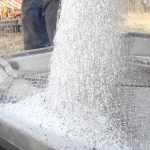
Ag Canada’s climate programs found lacking
A report from the auditor general’s office says initiatives designed to help farmers reduce emissions have shortcomings
REGINA — Agriculture Canada says it will do better after a report from the auditor general’s office criticized its attempts to deal with climate change. The report from the commissioner of the environment and sustainable development said the department has known since 2015 that it had to address greenhouse gas emissions. However, programs to help […] Read more
Feds put enteric methane under the microscope
Enteric methane will be the federal government’s next big target that agricultural producers are expected to aim for. It’s the methane cattle produce when they digest food and is released mainly through respiration. Agriculture Canada made two big announcements recently that brought methane to the forefront of its climate change policy. In December, at the […] Read more
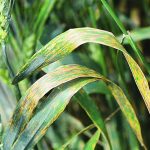
Bacterial Leaf Streak uncommon in Sask.
Contaminated seed is a major factor in the disease’s spread, which can also move plant to plant with the wind
In the last few years, Andrew Friskop has tested many, many products on bacterial leaf streak — a disease of wheat, barley and cereal crops. The results were easy to analyze. “Long story short, nothing,” said Friskop, a plant pathologist with North Dakota State University. “There’s nothing out there…. There’s nothing we can spray on […] Read more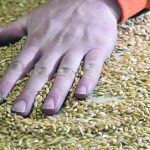
Feds pressured to target duplicate grain inspection fees
Ag minister says grain act legislation almost ready, and producer group hopes it deals with the costs of double inspections
The Wheat Growers Association estimated 70 percent of the grain leaving Canadian ports is consequently being double-inspected, resulting in $60 million in unnecessary annual costs for growers. The cost for an outward official inspection more than tripled to $1.60 per tonne in 2013-14 from 51 cents before the introduction of user fees.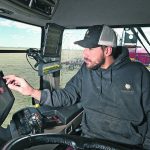
Who wants to work in ag?
Canadian Agricultural Human Resource Council research has found that Canadian farmers lost $2.9 billion in potential earnings in 2020, due to lack of labour.
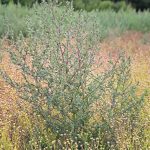
Group 14-resistant kochia found in central Sask.
Producers began using Group 14 herbicides once weeds started to appear in fields that were resistant to glyphosate
Charles Geddes, a research scientist in weed ecology at Agriculture Canada’s research centre in Lethbridge, said growers dealing with kochia should keep a lookout for this type of resistance.



